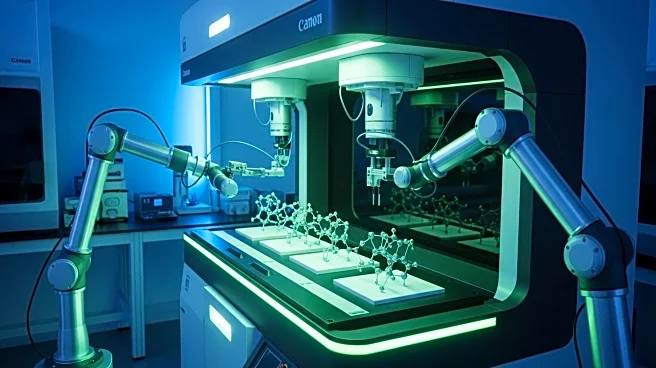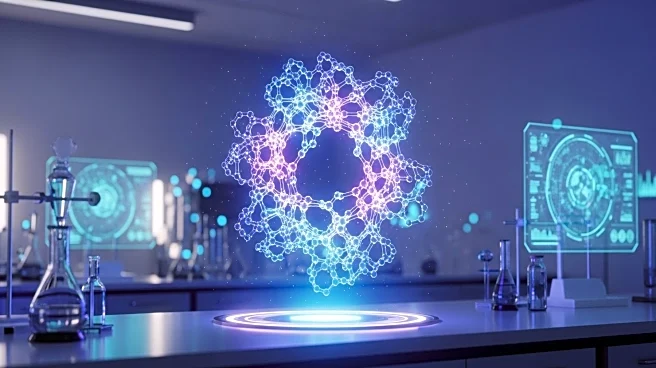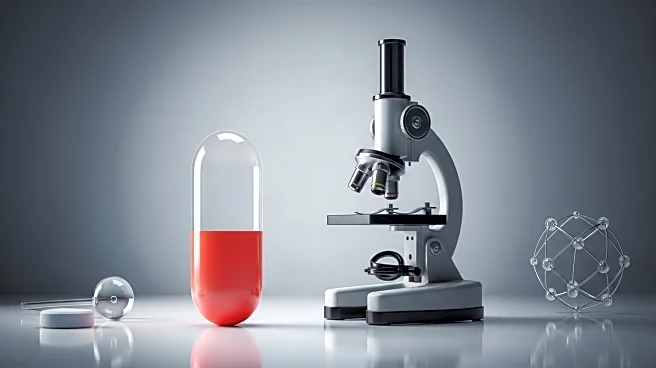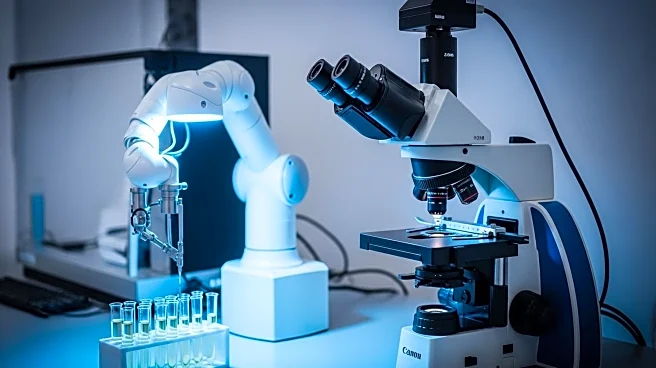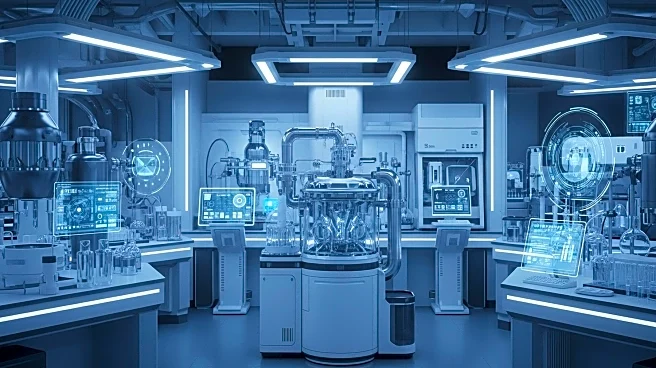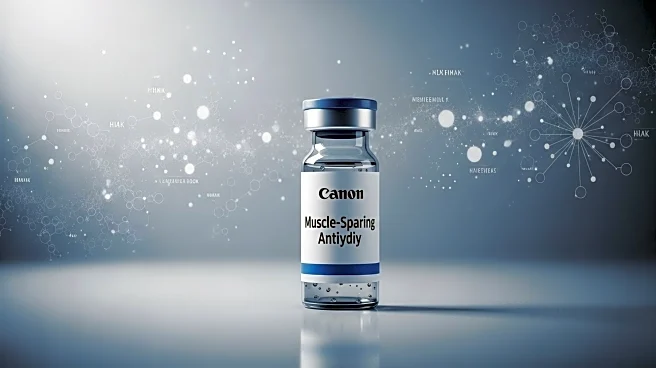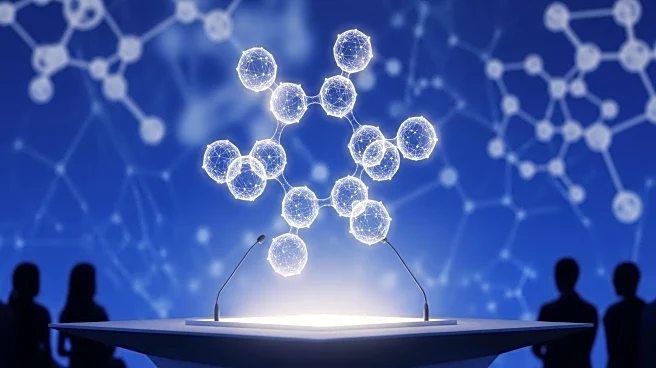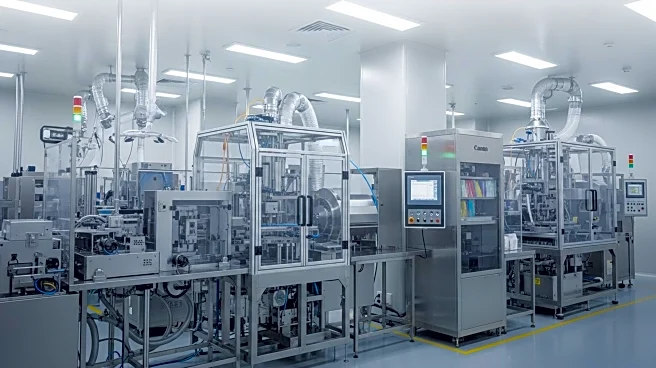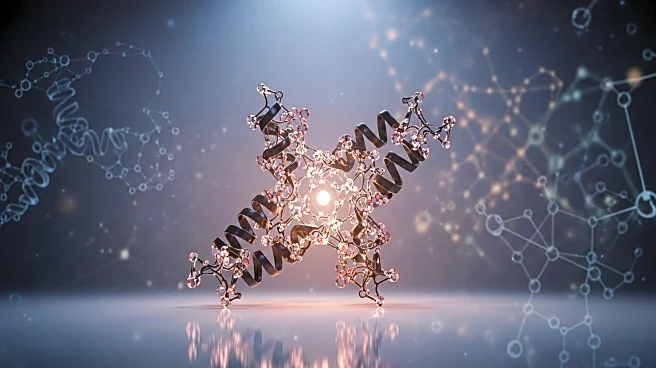What is the story about?
What's Happening?
The biotherapeutics industry is facing significant challenges due to the aggregation and formation of oligomers and high molecular weight species (HMWS) in biotherapeutic products. These aggregates can adversely affect product efficacy, safety, and regulatory approval. In response, industry experts are advocating for the use of orthogonal techniques to detect and characterize particles of varying sizes. A recent webinar hosted by Genetic Engineering and Biotechnology News featured experts Karessa White, PhD, and Bud Halim, PhD, who discussed a systematic approach to identifying these aggregates. The approach integrates dynamic light scattering (DLS) and background membrane imaging (BMI) to characterize particles across a range of sizes, from nanometers to sub-visible particles. The webinar emphasized the importance of these techniques in maintaining the stability and safety of biologics, as well as ensuring compliance with regulatory standards.
Why It's Important?
The detection and management of aggregates in biotherapeutics are crucial for ensuring the safety and efficacy of these products. Aggregates can lead to reduced therapeutic effectiveness and increased risk of adverse reactions, which can ultimately impact patient safety. Moreover, regulatory bodies require thorough characterization of these particles to approve biotherapeutic products. By adopting high-throughput strategies like DLS and BMI, the industry can improve the quality and reliability of biotherapeutics, potentially leading to faster regulatory approvals and enhanced patient outcomes. This development is significant for pharmaceutical companies, healthcare providers, and patients who rely on these advanced therapies for treatment.
What's Next?
As the biotherapeutics industry continues to evolve, the adoption of advanced detection techniques is expected to become more widespread. Companies may invest in further research and development to refine these methods and integrate them into their manufacturing processes. Regulatory agencies might also update guidelines to incorporate these advanced techniques, ensuring that biotherapeutic products meet the highest standards of safety and efficacy. Stakeholders in the industry, including pharmaceutical companies and regulatory bodies, will likely collaborate to establish best practices for aggregate detection and management.
Beyond the Headlines
The focus on aggregate detection in biotherapeutics highlights broader trends in the pharmaceutical industry towards precision medicine and personalized therapies. As these therapies become more complex, the need for sophisticated analytical techniques will grow. This shift may also drive innovation in related fields, such as biotechnology and materials science, as researchers seek to develop new tools and methods for characterizing complex biological systems.
AI Generated Content
Do you find this article useful?
